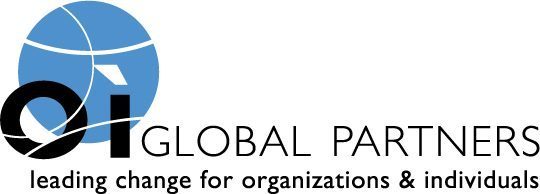Before we get to the “now what,” let’s first get on the same page about the definition of what a “high potential” employee actually is.
 A high potential:
A high potential:
- Is not always the highest performer in a current role.
- Is not always the employee with the highest level of “technical” expertise.
- Is not always the employee with personality traits associated with managerial performance.
- Is not always born with a set of innate qualities for leadership.
- Is not always the employee who spends the most time self-promoting (squeaky wheel, anyone?)
Yet, these are the criteria we hear companies using time and again to tell us how they determine whether an employee has the “potential” to move into management and leadership.
In fact, a true high potential employee:
- Is an employee who has the highest ability and aspiration to achieve a particular organizational goal or strategy. (source: Pinsight)
Agreed? Good. So, you’ve identified those with the highest ability and aspiration…now what?
- Identify Business Strategies: The single most important step to guarantee that development will be worthwhile is to first understand what the business has to accomplish. Unless, of course, your budget is unlimited, you have all the time in the world and the company just wantsto do development for development’s sake. (If this is the case, are you hiring??) Otherwise, strategic high-potential development has to start with what the business needs in order to achieve its goals.
- Assess for Skills Gaps: Based on the strategies the business must accomplish, what knowledge, skills, behaviors, characteristics does it take to realize those strategies? What do high potentials need to actually do? In what skills are they already proficient? Which are they naturally wired to be motivated to do? Which are missing all together? And again, not EVERY leadership skill, but the exact skills that will enable high potentials to achieve specific business goals. Why spend hours and hours and thousands of dollars trying to develop negotiation skills if they are already proficient or if negotiation skills aren’t the most critical to their success in achieving the business goals? Development starts with assessment.
- Personalize Development: One-size-fits-all training and development simply does not produce the best return on investment. Again, if we sit all high potentials in a training class on influencing others, those already gifted in this area will be bored and those who need to develop this skill may not get much out of it either with the distraction of others snoring around them. The best return on development investment will happen when each high potential’s explicit skill gaps are addressed individually.
- Apply the “Perfect Practice Makes Perfect” Rule: Learning a new skill physically changes our brains. Neuroscience of “practice” extremely simplified: The first time we try a new skill, one neuron wakes up in a new way and wants to connect to another neuron to create a new neural pathway to code the brain for that specific skill. The first time, the road from neuron to neuron is uncomfortably bumpy, filled with potholes and often winding and indirect. And it feels plain awkward (remember the first time you had to talk to a direct report about poor performance…yeah…awkward). When practicing – whether learning to do a cartwheel or to give better feedback as a manager – the more we practice the stronger the connection from neuron to neuron becomes. And, if we want that skill’s new path in our brain to be smooth, pothole-free and straight (think: most efficient path between two points is a straight line), it also takes perfect practice. If high potentials practice poorly and don’t have help in correcting mistakes as they go, they will create poor quality connections in their brains. When supported by a coach or mentor to help course correct and make the practice more perfect, those connections will be smoother, making the skill more perfectly hardwired. (Want the real science behind this? This article is worth the quick read.)
- Measure Progress: That is: reassess, rinse and repeat as necessary.
What are your plans for more strategic investments in high-potential development in 2017? Leave your comments below.
Meredith Masse is SVP at ICC, Inc., OI Global Partner in Denver and Cincinnati. Meredith’s personal mission is to partner with organizations to create “best places to work” filled with engaged employees and “follower-worthy” managers and leaders. While she personally specializes in leveraging natural strengths and creative instincts in the workplace – through team development programs as well as through career coaching and pre-hire selection and development assessments – she’s probably best known for breaking into song at the drop of a hat, knowing the University of Maryland fight song by heart and being the loudest mom on the sidelines and in the stands. Connect with her on LinkedIn and Twitter.
Share this post:


No responses yet